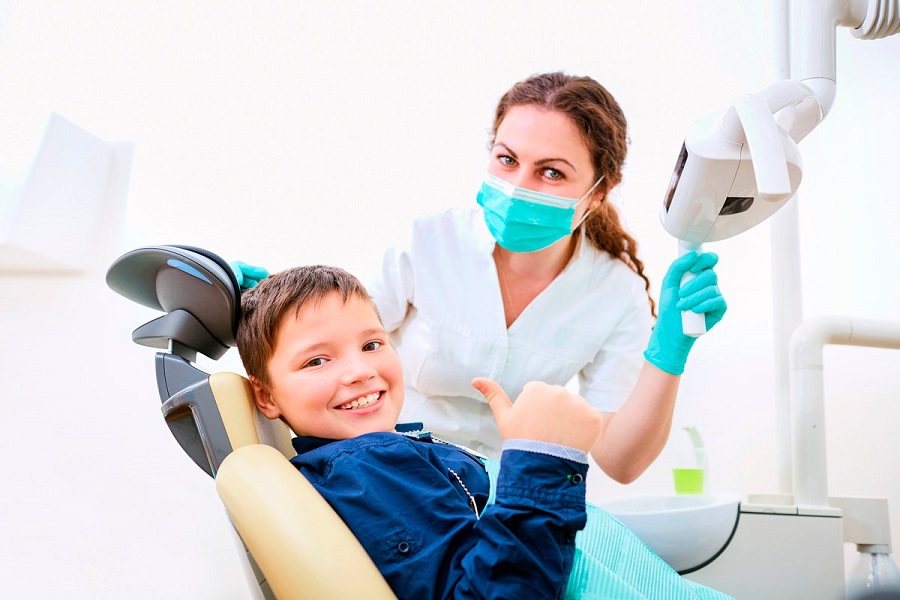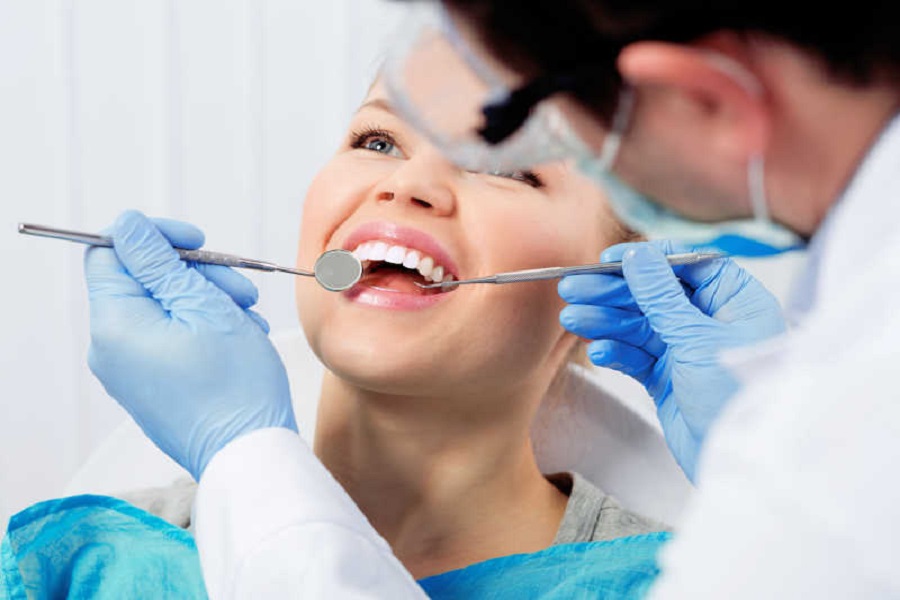Misaligned dentition is a relatively serious oral disease, mainly manifested as: tiger teeth, double teeth, creeping teeth, ground cover, and open lips and teeth. Its pathogenesis is complicated, including congenital genetic factors and acquired environmental factors. As a whole, it is irresistible for human beings to have misaligned teeth. At present, it is impossible to control the degree of tooth alignment from genetics; And health care, avoid premature loss of deciduous teeth, overcome bad oral habits, etc., can make some people have a set of neat and beautiful teeth after tooth replacement. Once the teeth that enter the permanent dentition appear misaligned, they cannot be eliminated on their own, and normal dentition can only be achieved through orthodontic treatment by an orthodontist. Studies have confirmed that children around the age of 12 are the best age for orthodontic treatment. At this time, the maxillofacial development of the child is still in the rapid growth and development period, and orthodontic treatment also needs to utilize the potential of maxillofacial growth and development to ensure the best efficiency of tooth movement and alveolar bone reconstruction, so as to achieve perfect correction effect. Clinically, some parents will have some concerns, thinking that orthodontic treatment will cause tooth loosening in the future, or even premature tooth loss; patients with tooth extraction for orthodontic treatment will damage nerves due to tooth extraction, and even affect the patient’s intelligence. These are unscientific. Modern orthodontic studies have revealed that orthodontics induces tooth movement through light force, which is a slow biological remodeling process. The straightened teeth are repositioned and stabilized. Therefore, receiving regular orthodontic treatment will never cause trauma to the teeth and periodontal tissues. Orthodontic treatment varies according to the severity of the misalignment, but generally 1.5 to 2.5 years, with a follow-up visit every 3 to 4 weeks. Orthodontic treatment is not only about moving and aligning the teeth, but also establishing a stable functional occlusal relationship between the upper and lower jaws, ensuring that the midline of the upper and lower teeth is in harmony with the midline of the face, and paying close attention to the coordination between the arch of the dental arch and the facial shape and The subtle aesthetic effect of dental arch morphological changes on the upper and lower lips. The inspection and diagnosis of orthodontic patients, the formulation of scientific and reasonable orthodontic plans, and the entire orthodontic process require rigorous observation and thinking by orthodontists, and continuous adoption of corresponding orthodontic methods in order to achieve the final perfect effect.
Advertisements
Does straightening your teeth affect your body?
Advertisements
Related Posts
Popular Articles
How Much Is AARP Dental Insurance?
Dental health is an important part of overall well-being. As we age, the need for dental care becomes even more...
Latest Posts
Tags
alveolar bone bad breath black teeth bleeding gums cold light whitening crooked teeth cure dental care dental implant dental implants Dental Insurance dentures discolored teeth disease gingivitis Gum Disease misaligned teeth oral disease orthodontic orthodontic care orthodontics orthodontic treatment periodontal disease periodontitis permanent teeth porcelain teeth teeth teeth cleaning teeth white teeth whitening teeth whitening methods Teeth Whitening Strips tooth tooth decay tooth extraction tooth filling ultrasonic cleaning underbite whitening whitening toothpaste white teeth wisdom teeth wisdom teeth extraction wisdom tooth yellow teeth

Panda Oral – oral and dental health consultants around you, providing orthodontic, tooth whitening, dental implants, scaling, filling, extraction, dental implants, dental caries, wisdom teeth, bad breath, bleeding gums, oral ulcers, periodontal disease for patients with dental diseases It can help you solve oral problems easily.【Contact us: [email protected]】
Recent News
Copyright © 2023 PANDA ORAL - Oral_Oral health_oral hygiene_oral care_dental health_dental oral surgery





























